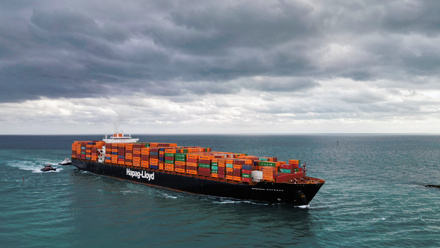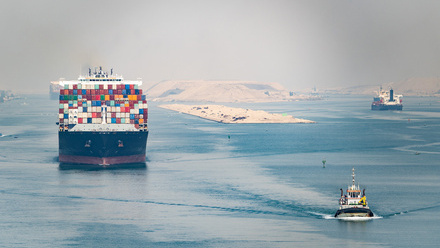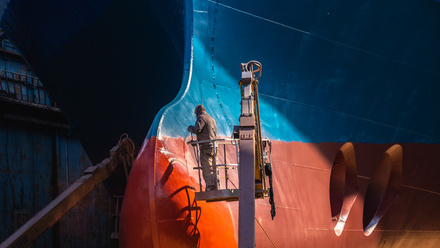Report: EU ports losing trade
New figures from Eurostat indicate EU ports are shipping less goods in 2023 than the previous two years.
The report claimed that the total gross weight of goods handled in main EU ports dropped by 1.7% in the fourth quarter of 2024, as compared to the same quarter the previous year. And while the busiest two ports, Rotterdam and Antwerp-Bruges, experienced the most short sea container traffic in 2023, the volume figures for both were down from 2022.
One such notable trend is the rise in congestion in Northern Europe. Recent data has spotlighted the rise in waiting time growth. Antwerp's waiting times have risen from 32 to 44 hours between April and May 2025, resulting in a 37% increase. Hamburg's waiting times rose by nearly 50%, with Bremerhaven's seeing a massive hike with 77%. An average delay at the major ports is between 48 and 72 hours.
Because of continuing increased demand for containers, overwhelming cargo volume, growth in Chinese exports, and a backlog of vessels arriving at congested port hubs, waiting times inevitably suffer as an effect. Rotterdam, Antwerp and Hamburg continued to experience congestion problems during July and August 2025.
However, a further knock-on effect of the delay time growth is that this trend is becoming a global problem. Analysts have argued that American and Asian ports have also suffered from congestion and a growing amount of container vessels that are being kept waiting.
Red Sea crisis, but investment in UK ports
Another problem is the crisis in the Red Sea, with larger numbers of carriers being forced to take an extended route to their destination around Africa. To help alleviate congestion, some shipping alliances have restructured shipping routes, so that the more congested zones can be skipped.
But while recent figures are less forthcoming, investments are still being made to help reinvigorate ports. In the UK, Peel Ports are investing between £50m and £60m in Great Yarmouth's Outer Harbour, with work on the location set to begin early next year.
The money will be used to develop the southern terminal, adding a new ro-ro lift ramp and large storage area. The completion of the Outer Harbour has – as director Richard Goffin explained – been on the cards since the early 2000s. The work will include a 350m long quay, around 10 to 11 hectares of land, and a ro-ro ramp.
Goffin added that as well as the potential for more local jobs, the investment will allow for national infrastructure projects, such as reservoirs, construction and offshore wind. As an example, the port has commenced work on the Sizewell nuclear power station project, taking in steel sheet piling sections from vessels.
Another instance of port reinvigoration is the multi-million-pound extension plan for Scotland's Port of Nigg. The aim of the upgrades is to allow entry to larger ships and barges for loading offshore wind turbines by extending the quayside into the Cromarty Firth.
Returning to the Eurostat shipping figures, the future trends in total gross weight of goods is anticipated to be shaped by the first surrender deadline of the EU Emissions Trading System for maritime transport in September 2025.
Read more: EU brings shipping into the Emissions Trading System.
Tell us what you think about this article by joining the discussion on IMarEST Connect.
Image: Port of Rotterdam. Credit: Shutterstock.






